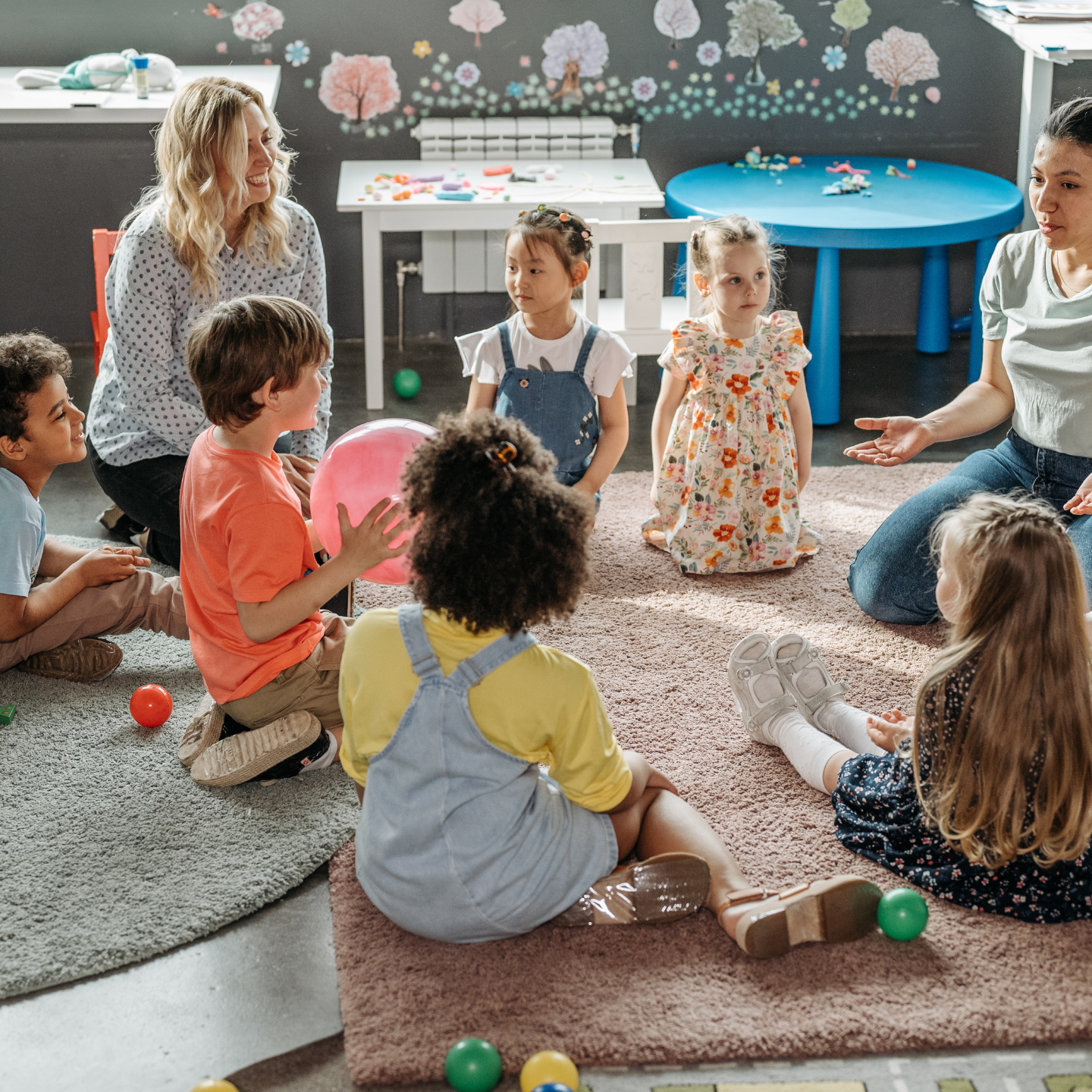“Everybody is a genius. But if you judge a fish by its ability to climb a tree, it will live its whole life believing that it is stupid”
– Albert Einstein
We’re all born and built differently, so why would we all learn the same way?
Being restricted in an educational setting can be one of the most frustrating and difficult situations a young person can be placed in. We believe pupils shouldn’t be restricted by the brains they are born with and that we should champion their strengths and differences, so learning is accessible for all.
In this blog, we aim to shine a light on how you can engage your pupils across the four learning styles: - visual, auditory, read/write and kinaesthetic.
If you’re ready, then let’s go!
Accommodating for all
Vark Learn uncovered that 33.8% of people showed single learning preferences when it comes to the four learning styles, whilst 66.2% prefer a multimodal approach. When teaching, you’ll be met by all four of the learning styles, highlighting the importance of incorporating a wide spectrum within your classes. You’ll connect with students on a level which will not only enrich your young people’s minds but also be inclusive for all.
Visual Learners
Visual learners excel at learning when they can... you guessed it... see the information in front of them. They love the use of diagrams, flowcharts and graphs and they appreciate it when they can write down what they see as it’s being described.
They notice the smaller details that most don’t see and may come across as quiet students who get lost in reading, drawing and doing crafts. To really engage your visual learners, we recommend using eye-catching graphics to inspire learning in the classroom and get them learning in a way suited to them.
If you’re delivering a history lesson on Ancient Egypt, a pack showcasing the pyramids and pharaohs can make an impact on visual learners. Even better, why not incorporate some artefacts they can touch and feel too?

Auditory Learners
The listeners and stoics of the learning styles, auditory learners are those who learn through songs, lectures, reading out loud and discussions. They get excited about telling stories and they are public speakers in the making. Often, these learners struggle with background noise such as chatty students and even complete silence can distract them.
Auditory learners love repetition. They process information by hearing it, so repeating information aloud will help them. As a teacher, you should ask them questions on what they’ve just learnt so they can verbally repeat it to you as this gives them the opportunity to hear it again.
To engage your pupils, add read-along stories into your classes as this offers children the opportunity to get hands-on with their stories. Allow them to listen and sing along to an assortment of childhood classics such as the Three Little Pigs and Jack and the Beanstalk.

Read/Write Learners
The bookworms of the learning types, read/write learners learn primarily from reading and writing – who would’ve guessed?! They are at their strongest when learning by reading notes and textbooks and they're rewarded by rewriting and rereading notes repeatedly.
Read/write learners are known to get their point across better when writing, preferring to write their thoughts down before sharing them with their peers or teacher. This allows them to feel more prepared and less stressed when presenting to the class.
To champion this type of learner, present information to them and ask them to rewrite it in their own words. Prompt them to take notes in class or, better yet, incorporate discussion boards or checkpoints into their notebooks so they can write down what they’ve learnt so far.
Make lessons interactive for read/write learners by using creative writing prompts with superheroes saving the day, mythical beasts conquering kingdoms of old or pirates sailing the seven seas. Let your read/write learners control the narrative and let their creative juices flow!

Kinaesthetic Learners
Kinaesthia is defined by the ability to understand your body and how it moves. This is where kinaesthetic learning happens when we’re having a hands-on experience. Kinaesthetic learners uncover more by movement, testing, and trial and error.
Identified as pupils who often become bored or irritable in the classroom, these learners need to be actively engaged. To engage kinaesthetic learners, incorporate flashcards into classes so they can process the information they’re studying. Since they’re portable, you can engage your pupils on the go, whether that’s on a walk or as you move around the classroom.
Another brilliant way to level up your kinaesthetic learners is by getting them involved in educational games. This can be in an array of different formats such as encouraging letter recognition and word building, to matching their feelings and emotions that can help pupils stimulate conversation and emotion.

Embrace all the different learning types in your classroom
Everyone is different and we all learn differently. Each student will touch on multiple learning styles during their time at school and they require stimulation across every area. Adapting your teaching style will help your pupils learn and retain information in new ways by making your lessons dynamic and exciting.
Awareness of the different learning types will allow you to paint a unique picture in the classroom and make all students feel engaged, making learning not a chore, but an enjoyment. If you need help on how you can incorporate the spectrum of learning styles into your classroom, get in touch and one of our expert team will be on hand to help you.
Happy learning!




